The world is constantly changing, and the way we travel is no exception. From horse-drawn carriages to supersonic jets, the transportation industry has seen incredible innovation and evolution over the years. And with the rise of new technologies, emerging travel trends, and a growing focus on sustainability, the future of travel looks brighter and more exciting than ever.
As a marketer or researcher in the travel industry, staying on top of these trends and changes is essential. After all, understanding the evolution of travel can help you anticipate future developments and identify new market opportunities.
So, let’s take a journey through the evolution of travel, from the early days of transportation to the latest innovations and trends. Along the way, we’ll explore the impact of technology, changing consumer preferences, and environmental concerns and what they mean for the future of travel. Whether you’re a travel industry professional or simply a curious traveller, get ready to discover this dynamic industry’s fascinating history and promising future.
Historical Context.
To truly understand the evolution of travel, it’s important to look back at its rich history. From ancient civilisations to modern times, humans have always wanted to explore new lands and experience new cultures.
Early forms of transportation, such as walking, horseback riding, and sailing, were limited by speed and distance. However, with the advent of the Industrial Revolution in the 18th century, transportation underwent a major transformation. The steam engine was invented, revolutionising travel by enabling faster and more efficient transportation by trains and ships.
The 20th century brought even greater innovations in travel. The invention of the automobile, the Wright brothers’ first flight, and the launch of the first commercial airline all marked significant milestones in the history of travel.
The rise of the automobile led to the growth of road networks and the construction of highways, which made travel more accessible to the masses. With the launch of commercial airlines, air travel became faster and more convenient than ever before, opening up a whole new world of international travel.
However, these new forms of transportation also had their downsides. Increased use of fossil fuels led to rising levels of pollution and greenhouse gas emissions, and air travel, in particular, has been criticised for its environmental impact.
Despite these challenges, the travel industry continued to evolve throughout the 20th century and into the present day. In the next section, we’ll take a closer look at the current state of travel and some of the trends and changes shaping its future.
Current State of Travel.
In recent years, the travel industry has undergone significant changes driven by various factors, such as technological advancements, changing consumer preferences, and the impact of the COVID-19 pandemic.
One of the most significant changes in the travel industry has been the rise of online booking platforms and the democratisation of travel. Online booking sites like Expedia, Booking.com, and Airbnb have made it easier than ever for people to research and book travel options from the comfort of their own homes.
Another major trend in the travel industry has been the rise of experiential travel. Rather than simply visiting tourist attractions, more and more travellers are seeking out immersive experiences that allow them to truly connect with local cultures and communities.
Sustainability has also become an increasingly important concern in the travel industry. Many travellers seek eco-friendly and socially responsible travel options, and many travel companies are responding by promoting sustainable tourism practices.
However, the COVID-19 pandemic has significantly impacted the travel industry. International travel has been severely restricted in many parts of the world, and there has been a shift towards domestic travel and road trips. Additionally, health and safety concerns have become a top priority for travellers, with many opting for travel insurance and flexible booking options.
Despite these challenges, the travel industry remains resilient and adaptable, poised for continued growth in the coming years. In the next section, we’ll explore some of the emerging technologies and trends shaping the future of travel.
Emerging Technologies.
The travel industry is no stranger to technological innovation, and the coming years promise even more exciting developments that could revolutionise how we travel.
One of the most promising areas of innovation is electric vehicles (EVs). Electric cars have become increasingly popular due to their environmental benefits and low operating costs. As battery technology improves, electric cars are becoming more practical for long-distance travel, which could have significant implications for the travel industry.
Another emerging technology with the potential to transform travel is self-driving vehicles. Self-driving cars and buses could make transportation more efficient and reduce congestion on roads while offering passengers a more relaxing and enjoyable travel experience.
In the aviation industry, supersonic air travel could soon become a reality. Several companies are developing supersonic planes that could travel at speeds of up to Mach 2.2, cutting travel times in half for long-haul flights.
Virtual and augmented reality technology could also play a significant role in the future of travel. VR and AR experiences could allow travellers to explore destinations and attractions from their homes or enhance their in-person travel experiences with immersive digital content.
Finally, blockchain technology is another emerging trend that could significantly impact the travel industry. Blockchain can help improve travel safety and security, streamline booking and payment processes, and reduce the risk of fraud.
Overall, the future of travel is looking brighter and more exciting than ever, thanks to these emerging technologies and trends. The travel industry is constantly evolving, and marketers and researchers must stay on top of these developments to identify new opportunities and stay ahead of the curve.
Environmental Impact.
While the travel industry offers endless opportunities for exploration and adventure, it also has a significant environmental impact. From carbon emissions to waste generation, travel can negatively affect the planet.
As travellers become more aware of these issues, there has been a growing interest in sustainable travel options. Many travellers seek out eco-friendly hotels, travel by train instead of a plane, and participate in voluntourism programs that allow them to give back to local communities.
The travel industry is also taking steps to reduce its environmental impact. For example, airlines are investing in more fuel-efficient planes and implementing recycling programs, while hotels are adopting energy-efficient lighting and water-saving initiatives.
One promising development in the travel industry is the growth of sustainable tourism. This involves travel that is both environmentally and socially responsible, taking into account the impact on local communities and ecosystems.
In addition, many governments and organisations are taking action to promote sustainable travel practices. The United Nations has designated 2017-2027 as the Decade of Sustainable Tourism, focusing on promoting responsible tourism practices and sustainable economic growth.
Ultimately, the travel industry is responsible for minimising its environmental impact and promoting sustainable practices. By embracing sustainability and promoting eco-friendly travel options, the industry can continue growing while preserving the planet for future generations.
Market Opportunities.
The evolution of travel has created numerous market opportunities for businesses in the travel industry. As consumer preferences and technological advancements evolve, new business models and revenue streams emerge.
One significant market opportunity is the rise of experiential travel. Rather than simply booking a hotel and visiting tourist attractions, many travellers seek unique and immersive experiences that allow them to connect with local cultures and communities. This trend has created opportunities for businesses that offer authentic and personalised travel experiences, such as local tour operators and vacation rental companies.
Another market opportunity is the growth of sustainable tourism. As travellers become more environmentally and socially conscious, there is increasing demand for eco-friendly and socially responsible travel options. This has created opportunities for businesses that prioritise sustainability, such as hotels and tour operators that offer environmentally-friendly practices and support local communities.
The rise of technology has also created new market opportunities in the travel industry. Online booking platforms, mobile apps, and other digital tools have made it easier than ever for travellers to research and book travel options. This has created opportunities for businesses offering innovative and user-friendly digital platforms, such as travel booking sites and apps.
Finally, the COVID-19 pandemic has created new market opportunities in the travel industry. As more people work remotely, there is a growing demand for extended-stay travel options such as vacation rentals, co-living spaces, and work-from-anywhere packages. Additionally, businesses prioritising health and safety measures, such as contactless check-in and cleaning protocols, have a competitive advantage in the current climate.
Case Study: TUI Group – Embracing Sustainability and the Modern Traveller.
TUI Group is a leading travel and tourism company offering a range of products and services to travellers worldwide. With a history that dates back to the 19th century, TUI Group has evolved and adapted to changing consumer preferences and market trends. In recent years, TUI Group has made sustainability a core value and developed a sustainability strategy that aligns with the changing expectations of modern travellers.
TUI Group’s sustainability strategy is based on three pillars: reducing carbon emissions, promoting sustainable tourism practices, and supporting local communities. By prioritising sustainability, TUI Group aims to differentiate itself from competitors and appeal to environmentally-conscious travellers.
One key aspect of TUI Group’s sustainability strategy is its focus on reducing carbon emissions. TUI Group has set ambitious targets for reducing carbon emissions, including a goal of becoming carbon-neutral by 2050. To achieve this goal, TUI Group is investing in more fuel-efficient aircraft, reducing plastic waste generated by its operations, and promoting sustainable transportation options for travellers.
In addition to reducing carbon emissions, TUI Group is also focused on promoting sustainable tourism practices. This includes offering sustainable tourism experiences, such as eco-tourism and wildlife tours, and partnering with local organisations to promote sustainable tourism in destinations around the world.
Another vital aspect of TUI Group’s sustainability strategy is its commitment to supporting local communities. TUI Group works with local organisations to promote economic development and sustainable tourism in destinations around the world. This includes supporting local businesses, promoting cultural exchange, and investing in community development projects.
By prioritising sustainability, TUI Group is capitalising on a growing trend among modern travellers who are increasingly interested in eco-tourism and sustainable travel practices. According to a 2019 survey by Booking.com, 70% of global travellers said they would be more likely to book environmentally friendly accommodations.
In addition to its sustainability efforts, TUI Group has also embraced other emerging trends and preferences of modern travellers. For example, TUI Group has invested in digital technologies to improve the customer experience and offer personalised recommendations for travellers. TUI Group’s digital platforms allow travellers to book trips, customise itineraries, and access travel information from their mobile devices.
Overall, TUI Group’s sustainability strategy and focus on emerging trends and preferences of modern travellers have helped the company differentiate itself from competitors and build a loyal customer base. By continuing to innovate and adapt to changing market trends, TUI Group is well-positioned to succeed in the rapidly-evolving travel industry.
Social Media and the Future of Travel Marketing.
Social media has revolutionised how people plan, book, and share travel experiences. Platforms like Instagram, Facebook, and Twitter have made it easier than ever for travellers to research destinations, find inspiration, and share their experiences with others.
For brands in the travel industry, social media offers a powerful tool for connecting with travellers and promoting their products and services. By leveraging social media platforms effectively, businesses can build brand awareness, engage with customers, and drive bookings.
One of the key advantages of social media for travel businesses is the ability to showcase their products and services in a visually compelling way. Platforms like Instagram are particularly well-suited for travel marketing, as they allow travel brands to share beautiful images and videos that inspire travellers and highlight their unique selling points.
In addition to promoting products and services, social media can also be used to provide customer service and support. Travellers can use social media to ask questions, make bookings, and get assistance with any issues during their trip.
Another important use of social media in the travel industry is influencer marketing. By partnering with social media influencers with large followings in the travel space, brands can tap into new audiences and build credibility with potential customers.
However, businesses need to use social media strategically and thoughtfully. They should identify their target audience, develop a clear brand voice, and create content that resonates with their customers. Additionally, they should monitor social media channels regularly and respond to customer feedback promptly and effectively.
Social media offers travel businesses tremendous opportunities to connect with customers, build brand awareness, and drive bookings. By embracing social media and using it effectively, businesses can stay competitive in the rapidly-evolving travel industry.
The AI Revolution in Travel: Chatbots, Predictive Analytics, and Personalised Recommendations.
Artificial intelligence (AI) is revolutionising the travel industry, offering new ways for businesses to personalise the travel experience and streamline operations.
One of the most visible uses of AI in the travel industry is chatbots. These automated messaging platforms can handle various customer service inquiries, from booking reservations to answering questions about travel policies. By leveraging chatbots, travel businesses can improve the customer experience, reduce wait times, and free up staff to focus on other tasks.
Another important use of AI in the travel industry is predictive analytics. AI algorithms can identify patterns and predict future travel trends by analyzing vast amounts of data. This can help businesses make more informed pricing, marketing, and inventory management decisions.
Personalised recommendations are another key area of AI in the travel industry. AI algorithms can provide personalised recommendations for destinations, activities, and accommodations by analyzing data about a customer’s travel history and preferences. This can help businesses improve the customer experience, increase customer loyalty, and drive more bookings.
Additionally, AI can be used to improve travel safety and security. For example, AI algorithms can analyze passenger data to identify potential security threats and flag them for further screening.
While AI offers many opportunities in the travel industry, using it responsibly and transparently is important. Customers may be wary of AI if they feel their privacy is compromised or don’t understand how the technology is used.
Adventure Tourism: A Growing Market for Travel Businesses.
Adventure tourism has emerged as a significant market segment in the travel industry, with more and more travellers seeking unique and exciting experiences that allow them to connect with nature and push their limits.
From trekking in the Himalayas to kayaking in Patagonia, adventure tourism offers travellers the chance to explore some of the world’s most beautiful and remote destinations while engaging in physically and mentally challenging activities.
For travel brands, adventure tourism represents a significant growth opportunity. By offering unique and immersive adventure experiences, businesses can differentiate themselves from competitors and attract travellers willing to pay a premium for these types of experiences.
To cater to the adventure tourism market, businesses must first identify their target audience and develop products and services that meet their needs. This may involve partnering with local adventure tour operators, offering customised itineraries, and providing specialised equipment and training.
In addition, businesses must prioritise safety and risk management in adventure tourism. This may involve hiring experienced guides and instructors, providing appropriate safety equipment, and developing emergency response plans.
Finally, businesses must also consider the environmental impact of adventure tourism and take steps to minimise their footprint. This may involve promoting sustainable travel practices, supporting local conservation efforts, and minimising waste and pollution.
Changing Demographics and the Future of Travel.
As the world’s population ages and becomes more diverse, the travel industry faces new challenges and opportunities. Two key demographic trends that significantly impact the sector are the rise of solo travel and the growth of senior travellers.
Solo travel has become a significant trend recently, particularly among younger generations. Many solo travellers seek new experiences and opportunities for personal growth and are willing to take on the challenges and risks of travelling alone.
For travel brands, this trend presents both opportunities and challenges. On the one hand, solo travellers may be more likely to book high-end experiences and luxury accommodations since they are not sharing the costs with other travellers. On the other hand, brands must be prepared to address solo travellers’ unique needs and concerns, such as safety and security.
The growth of senior travellers is another significant demographic trend in the travel industry. As the baby boomer generation reaches retirement age, they increasingly seek new travel experiences and destinations.
Many senior travellers seek opportunities to explore new cultures, reconnect with family and friends, and pursue lifelong passions.
For travel brands, the growth of senior travellers presents significant opportunities to develop specialised products and services that cater to this market. For example, brands may offer senior-friendly accommodations, specialised tours and excursions, and other travel options tailored to senior travellers’ unique needs and preferences.
Leveraging Market Research to Build Successful Travel Brands.
Market research is essential for travel brands that want to stay competitive in the rapidly-evolving travel industry. By gathering and analyzing data about customer preferences, behaviour, and attitudes, travel brands can develop more effective marketing strategies, optimise their products and services, and build stronger customer relationships.
One key area where market research can be particularly valuable is in identifying emerging travel trends and consumer preferences. By staying on top of industry trends and understanding what motivates travellers to make their travel decisions, travel brands can develop more effective marketing campaigns and offer products and services that better meet customer needs.
Market research can also help travel brands optimise pricing and revenue management strategies. Travel brands can adjust their pricing strategies by analyzing customer behaviour and demand patterns to maximise revenue and profitability.
Another area where market research can be valuable is in developing more effective customer engagement strategies. By gathering customer feedback and analyzing their preferences and behaviour, travel brands can develop more personalised and effective marketing campaigns and improve their customer service and support.
Finally, market research can help travel brands improve their products and services by identifying areas for improvement and uncovering unmet customer needs. By gathering customer feedback about their travel experiences, travel brands can identify areas where they can improve and new opportunities to innovate and differentiate themselves from competitors.
Future Outlook.
As the travel industry continues to evolve, many exciting developments on the horizon could transform the way we travel.
One promising area of innovation is the development of sustainable transportation options. Electric cars, self-driving vehicles, and high-speed rail can reduce carbon emissions and promote sustainable travel.
Another potential trend is the growth of personalised travel. As technology advances, it may become possible to offer highly personalised travel experiences based on individual preferences and interests. This could include customised itineraries, tailored recommendations, and unique travel experiences that are tailored to each traveller.
The growth of the sharing economy is also expected to significantly impact the future of travel. Platforms like Airbnb, Uber, and Lyft have already disrupted the traditional travel industry, and as these platforms continue to evolve, they could offer even more innovative and convenient travel options.
Finally, the COVID-19 pandemic will likely have a lasting impact on the travel industry. While the pandemic has created significant challenges, it has also spurred innovation and forced businesses to adapt to changing circumstances. As travel resumes in the post-pandemic world, it will be interesting to see how these changes continue to shape the travel industry.
Overall, the future of travel looks brighter and more exciting than ever. By embracing emerging technologies, promoting sustainability, and responding to changing consumer preferences, the travel industry is poised for continued growth and innovation in the years to come.
Want to learn more about the latest travel and tourism trends? Download our report Navigating emerging trends in global travel and tourism, here.
Stay ahead
Get regular insights
Keep up to date with the latest insights from our research as well as all our company news in our free monthly newsletter.
![]()
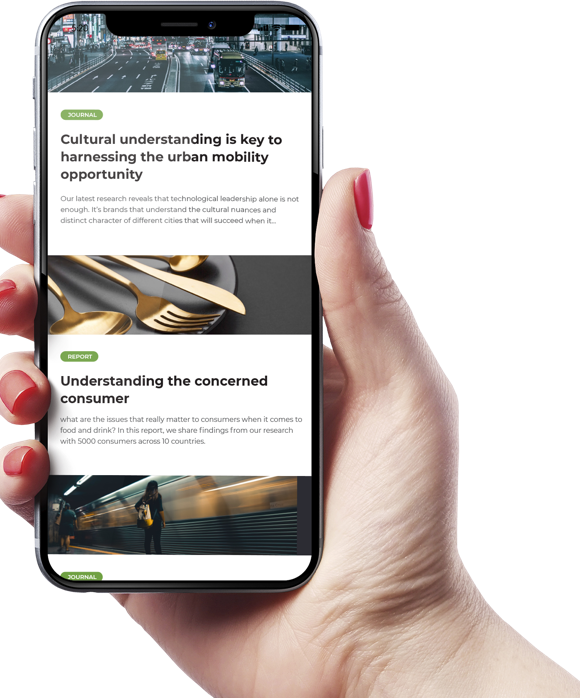
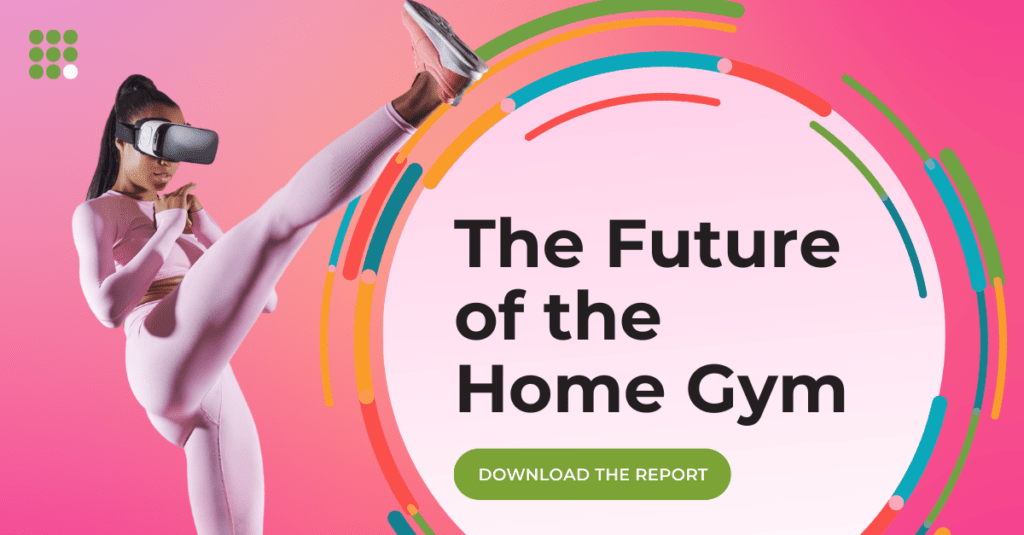






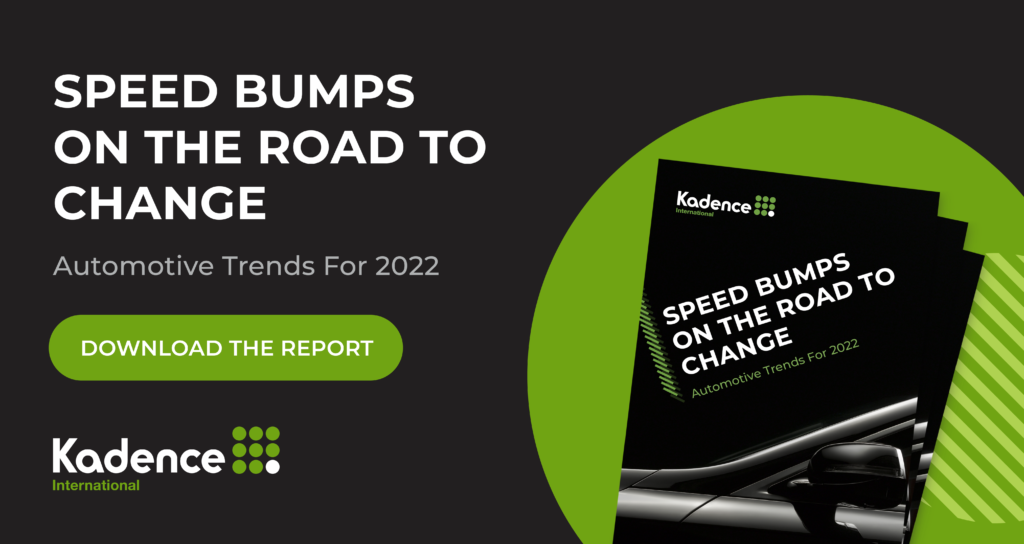
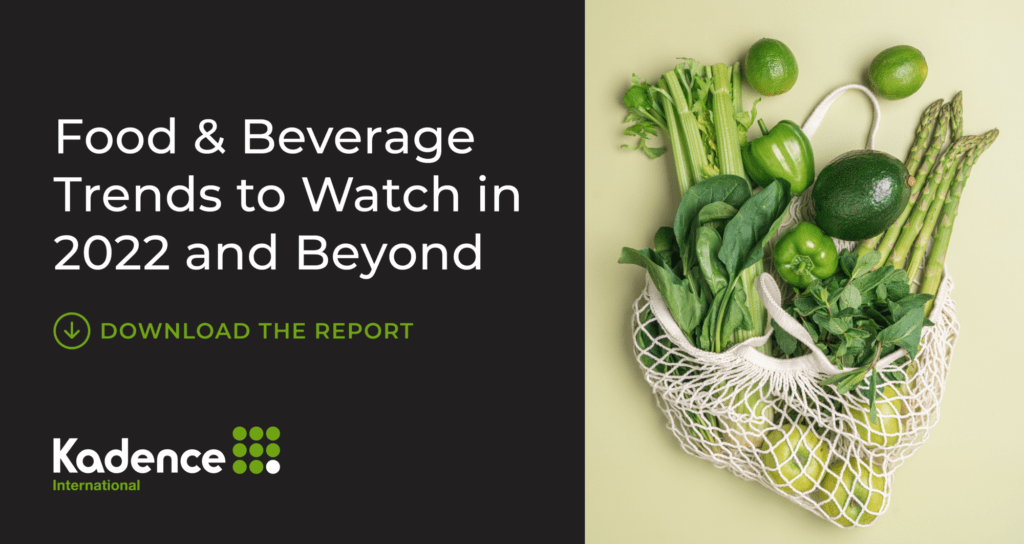

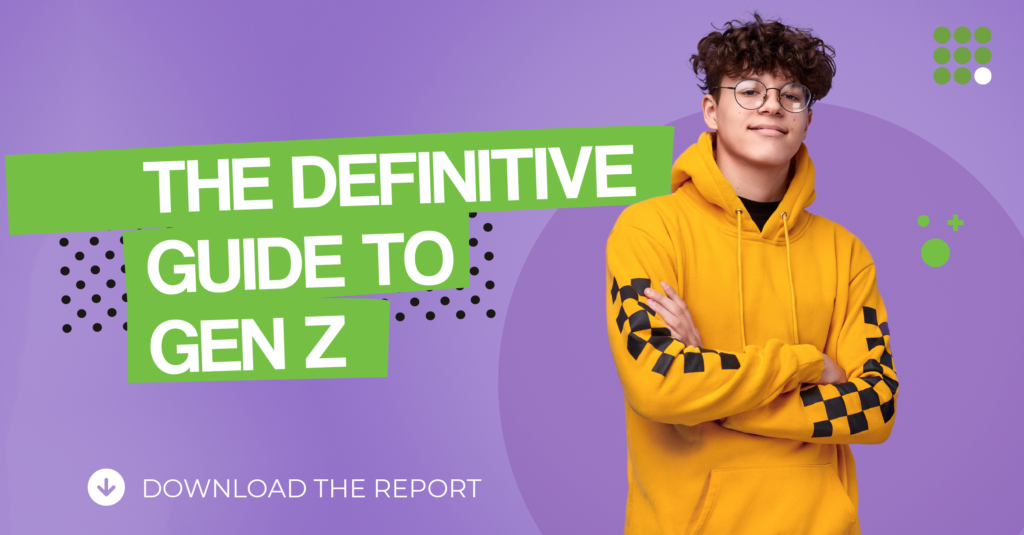


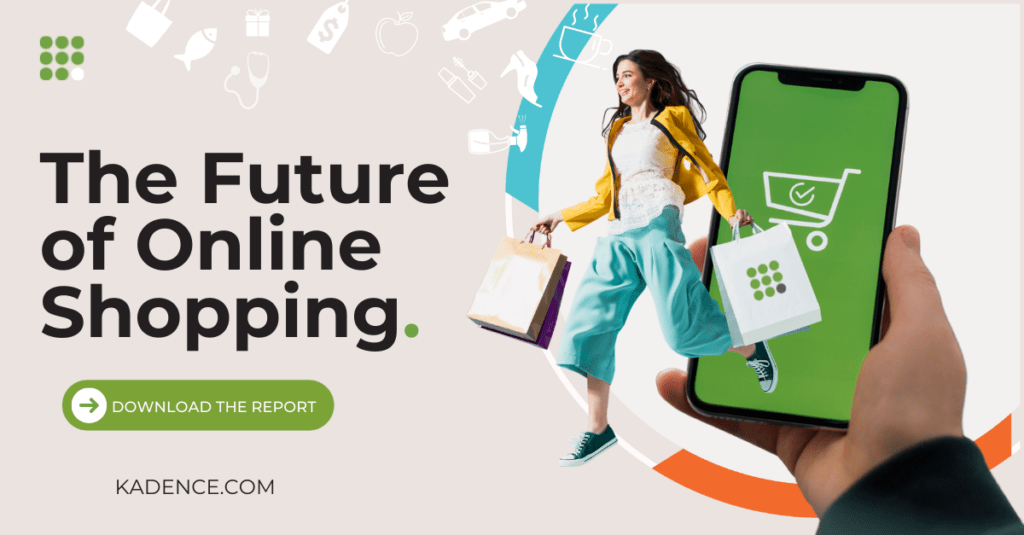
 Senior Marketing Executive
Senior Marketing Executive Sales & Marketing
Sales & Marketing Vital Strategies
Vital Strategies
 Customer Intelligence Director
Customer Intelligence Director